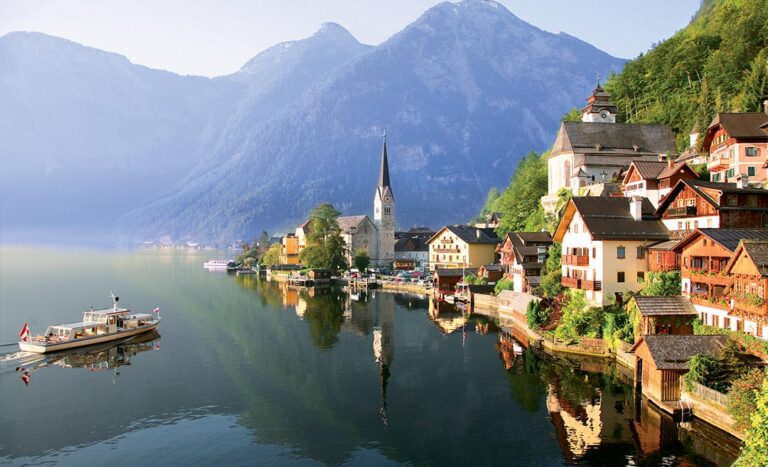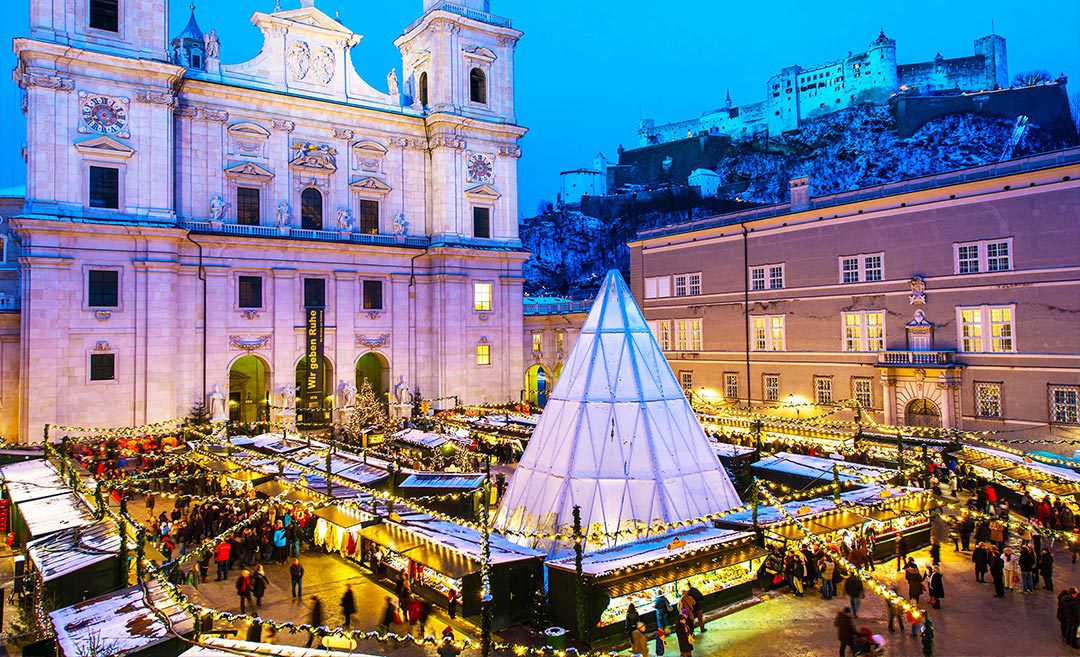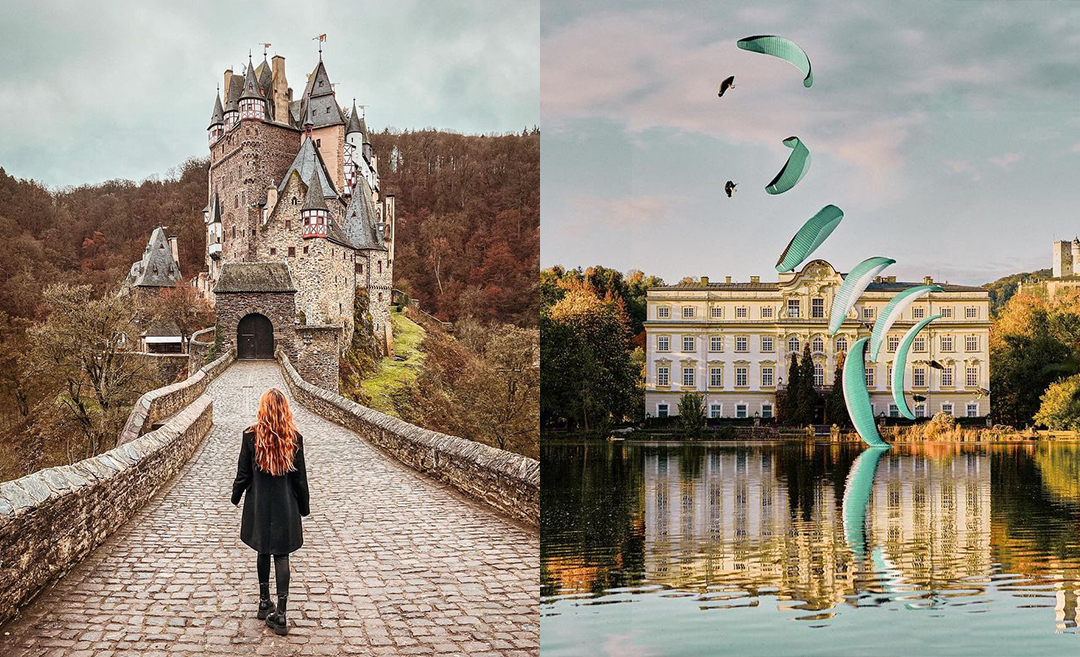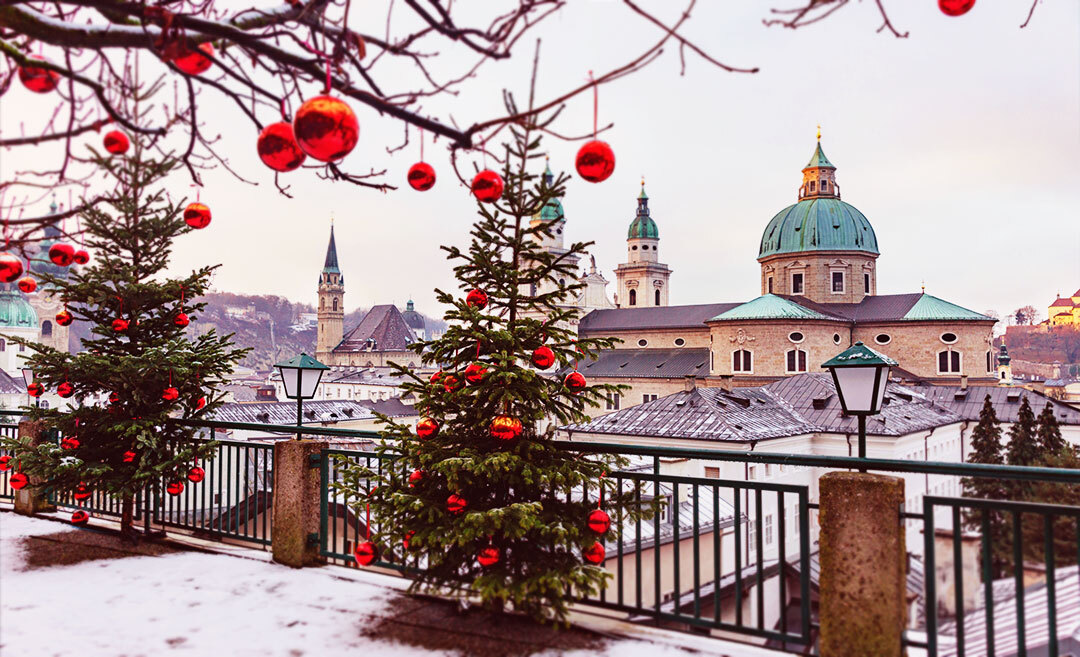The small Austrian town of Bad Ischl is not only a European City of Culture in 2024 but was pivotal in one of the most important declarations in global history.
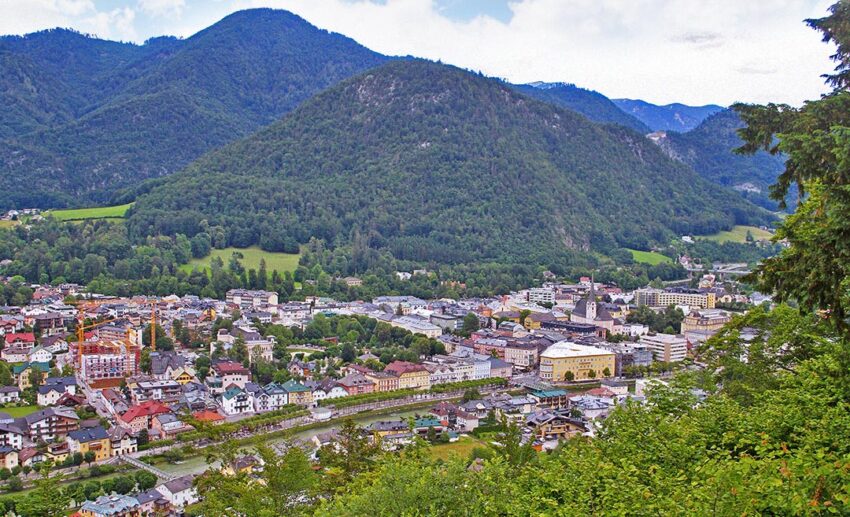
Up until the 20th century, the Habsburgs ruled over the Austro-Hungarian Empire, with Vienna as its capital. Kaiser (Emperor) Franz-Josef was one of the most powerful rulers of that era, and it was on July 28, 1914, in Bad Ischl, that World War I officially began when, on behalf of Austria, the Emperor declared war on Serbia from the Kaiservilla summer residence located in the town.
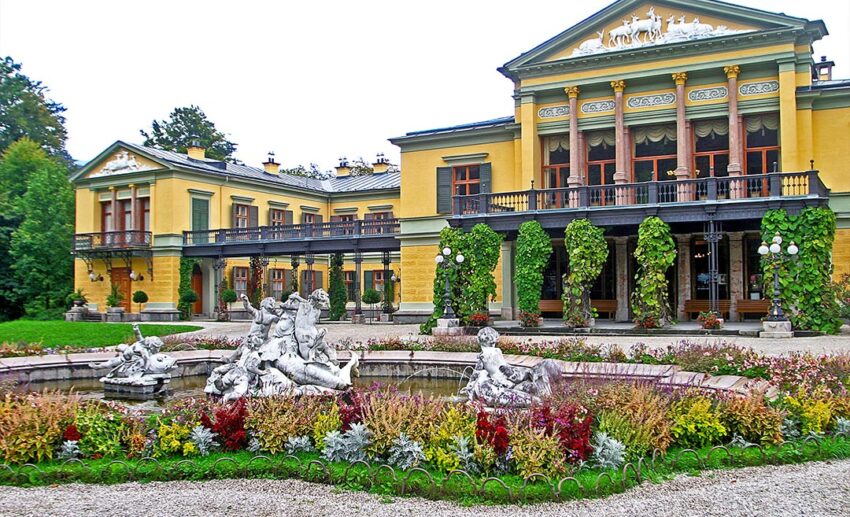
Briefly, the Emperor’s nephew and heir to the empire had been assassinated in Serbia a month earlier. Once he declared war on Serbia, other countries joined based on the existing alliances. For example, Russia supported Serbia, and Germany supported Austria, and before anyone could say, “Let’s talk this through”, the world was in the middle of one of the most disastrous wars ever.
The world returned to peace in 1918, the Austro-Hungarian Empire was broken up, and its Emperor lost power.
Bad Ischl today: A salt & spa town
As I strolled along the tree-lined esplanade beside the Traun River, I reflected on the city’s important role in history and just how peaceful the town is now.
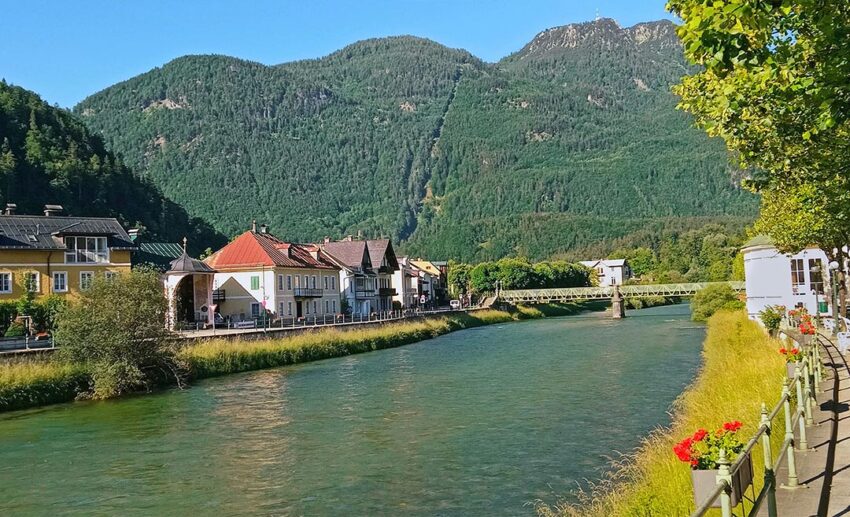
It’s hard to imagine that the world could have been thrown into such chaos in the serene setting that was before me.
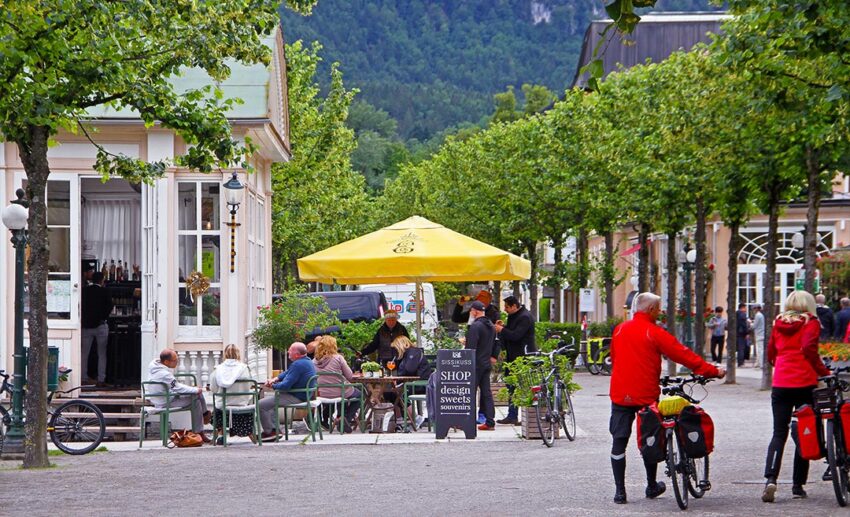
Before I proceed any further, a few basic words in German are important: salz means salt, see (lake), and bad (spa). So Bad Ischl is far from bad in the English sense, as it is a wonderful small town that is well worth discovering over a few days.
Bad Ischl is also the capital of Salzkammergut, and while it is quite a mouthful to pronounce, it refers to a region famous for its salt.
The humble commodity we sprinkle on our food has played an important role in over 7,000 years of the region’s history. Salt has many uses, and before refrigeration, it was vital for preserving food and was referred to as ’white gold’.
Salt is still mined in the region, and visiting a salt mine in Hallstatt is a possibility for intrepid visitors. In one at Altaussee, I discovered that the mine was used during World War II to hide priceless art treasures from the Nazis, who had plundered other galleries and collections throughout Europe (the Hollywood movie The Monuments Men is a must-see for those who are interested in this fascinating story). Local miners saved these masterpieces, which were destined to be destroyed by the retreating Nazis at the end of the war.
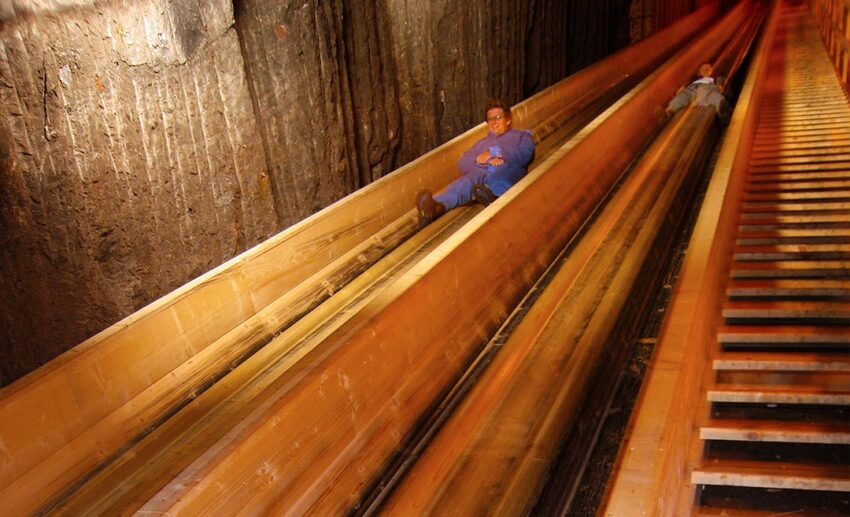
Salt also has healing qualities, which were first recognised by the medical profession in the early 19th century. Once the Austrian imperial family established Kaiservilla as their summer residence, Europe’s high society was attracted to the region for recreation and relaxation. The word sommerfrische was coined to mean summer retreat.
I specifically chose to stay at Villa Seilern as it has a spacious indoor spa with heated pools, a jacuzzi, a sauna, and a steam room, which proved to be the perfect way to recover from a day’s sightseeing.
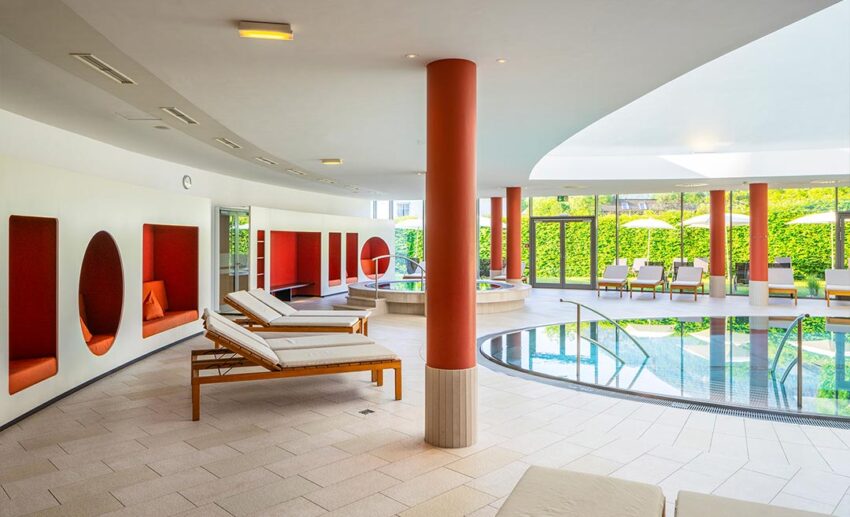
The natural light, stunning mountains, forests, and numerous lakes also attracted artists, musicians, and poets who found creativity in the surroundings.
European City of Culture: Things to experience
Bad Ischl was chosen as a European City of Culture 2024, and an extensive programme highlights the town and region’s numerous cultural assets.
The Kaiservilla, where I saw the declaration of war that was signed by the Austrian Emperor, was chosen as the setting for several art commissions by celebrated Chinese dissident artist Ai Wei Wei. The installations extend over various buildings of the former Emperor’s summer residence throughout the landscaped gardens and include works such as ‘Bubbles’ made from locally made blue cobalt porcelain.
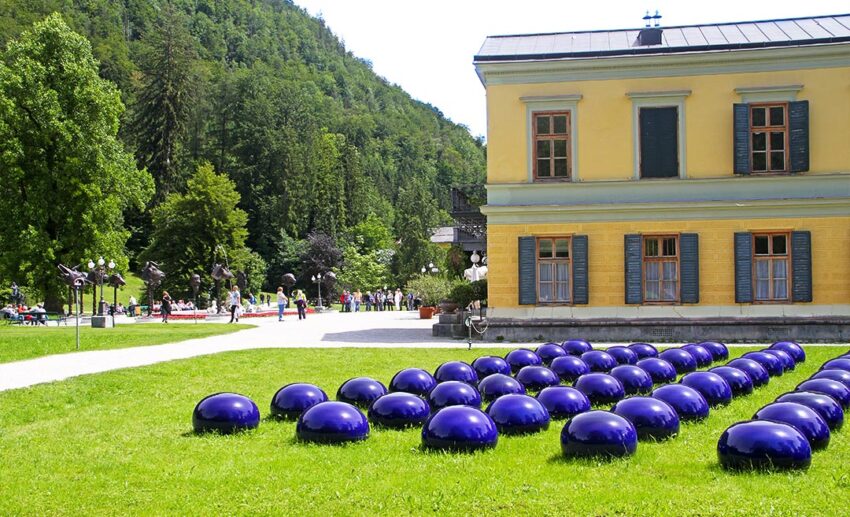
Meanwhile, ‘With Wind’ by the same artist is a functionally crafted dragon familiar to most Malaysians during the Chinese New Year.
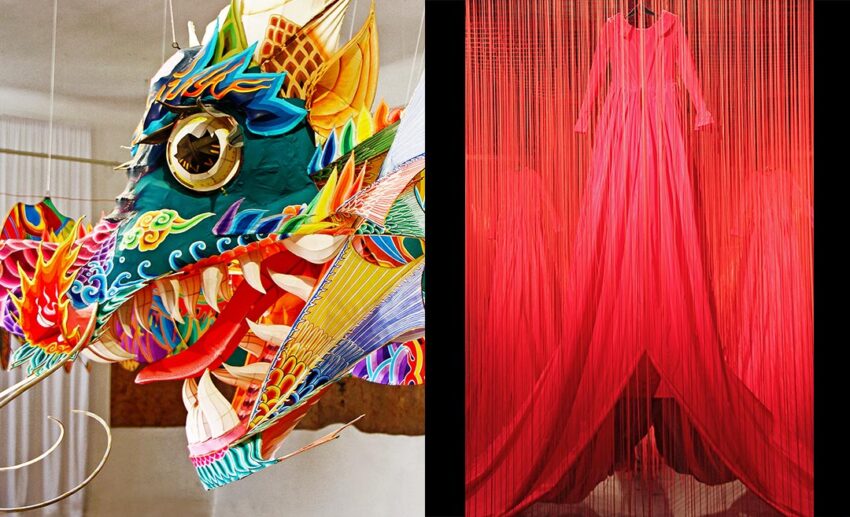
Other cultural activities that should appeal to visitors during the European Year of Culture include:
- Great Space Walk: A precisely composed audio piece that can be used by summer trail walkers to learn about local nature and culture during a multi-day hike.
- Imperial Days in Bad Ischl: Journeys on the Emperor’s steam train
- The International Bruckner Festival: Celebrating the operettas by Bruckner, an Austrian composer.
- Salt installations in a former salt factory.
A striking installation by Japanese artist Chihar Shiota is on display near the entrance to a cave used as a former Nazi concentration camp in Ebensee. It features 25 larger-than-life items of white clothing against dramatic red detailing and pays respect to the thousands of forced prisoners of war who died here during World War II.
Wining, dining & markets
Bad Ischl is synonymous with Café Zauner, as every Austrian I met reminded me of when I mentioned that I was heading to the town.
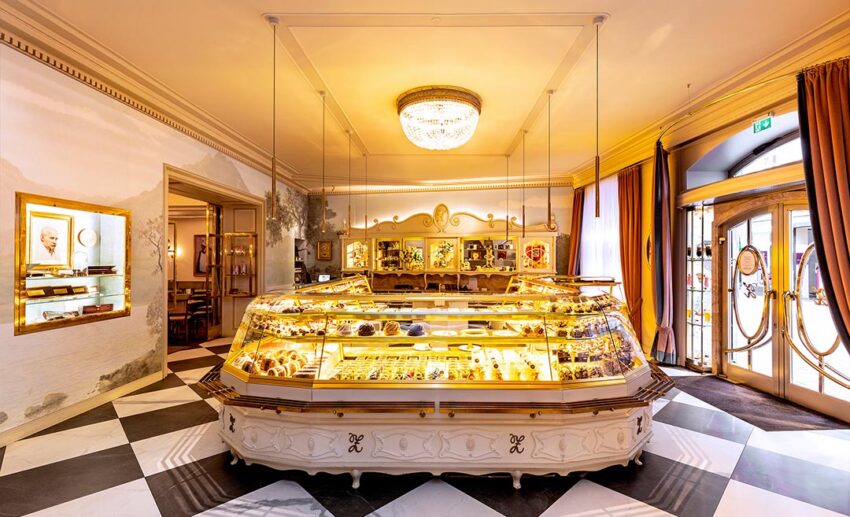
While enjoying cake and coffee at Café Zauner is a ritual for Austrian visitors, overseas visitors will enjoy joining in on what is a rather grand affair enjoyed inside in winter or outdoors during the summer along the pedestrian-only zone in front of the main outlet.
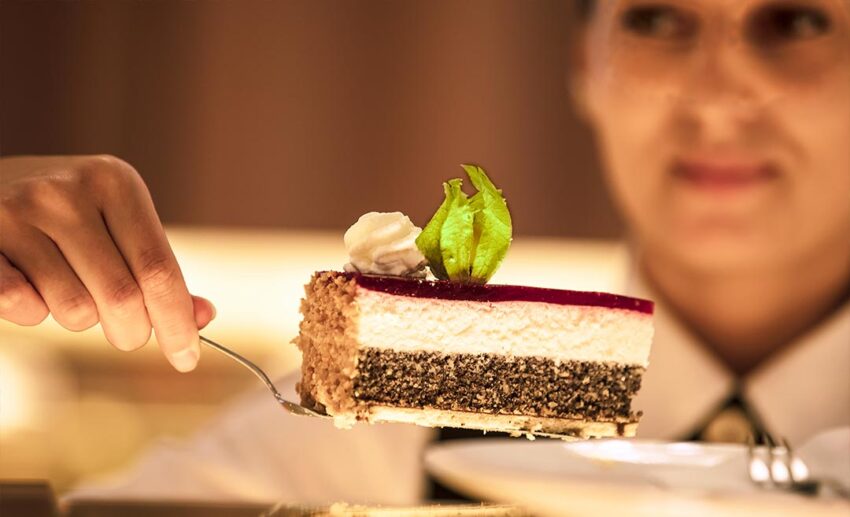
Food plays an important role in the enjoyment of Bad Ischl. There are several Austrian restaurants in the town, including 1881 in Villa Seilern, where I stayed. The chefs inject a creative contemporary twist into the dishes on offer, and the wine list features superb Austrian wines like Grüner Veltliner and Blaufränkisch feature, which are offered by the glass or bottle at prices that will please most Malaysian patrons.
Many visitors enjoy strolling along the riverside esplanade, where another Café Zauner outlet has river views. There are also a few open-air bars where a refreshing aperitif appeals to passing pedestrians or cyclists.
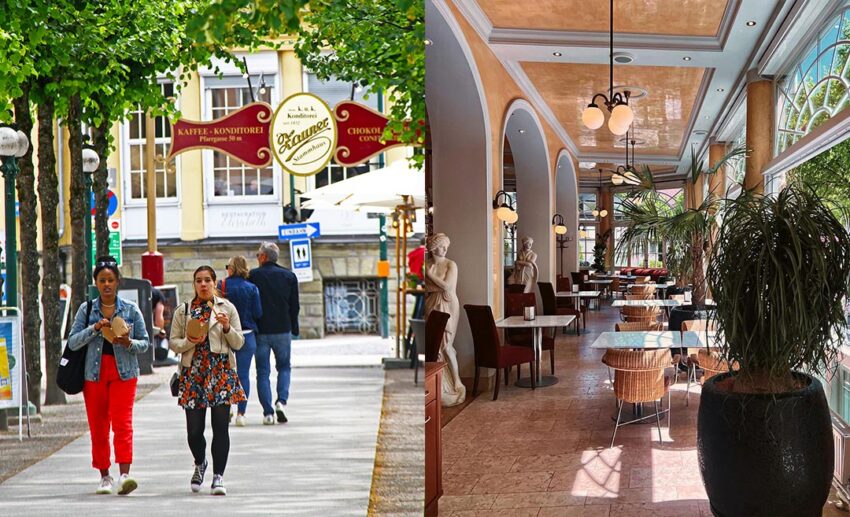
While climbing Siriuskogl Hill above the town will be an arduous walk through an enchanting forest, the reward is sampling the delicious treats served at Christoph Krauli Held’s superb Gasthaus Siriuskogl.
Everyone loves a market, and Wednesday is a special day in the town as pop-up stalls line the centre of the town around the church.
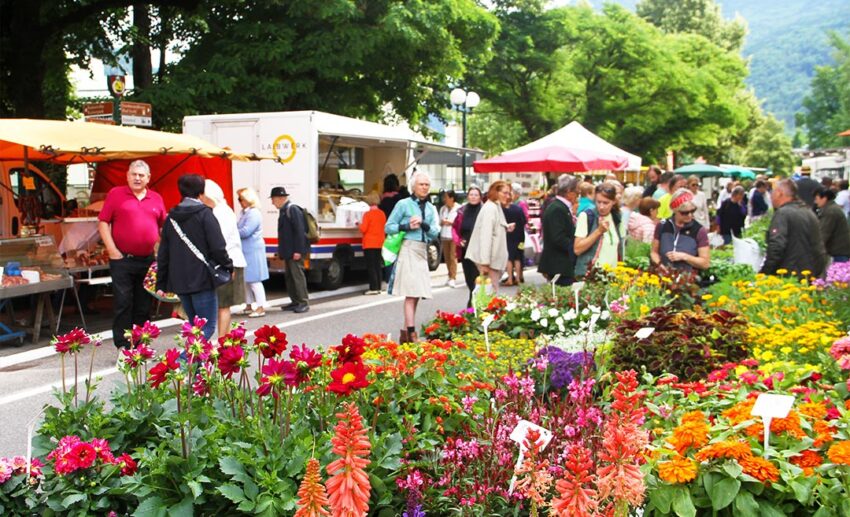
Exploring Salzkammergut: The Sound of Music
There are 87 alpine lakes around Bad Ischl, and the water is of drinkable quality. These lakes are popular for recreational activities ranging from sailing to scuba diving.
Some of Salzkammergut’s picturesque settings, like Hallstatt, Mondsee, and Attersee, are now protected as UNESCO World Heritage Sites. Devotees of the movie, The Sound of Music, will be delighted to know that various locations in Salzkammergut form the backdrop for many scenes in the film.
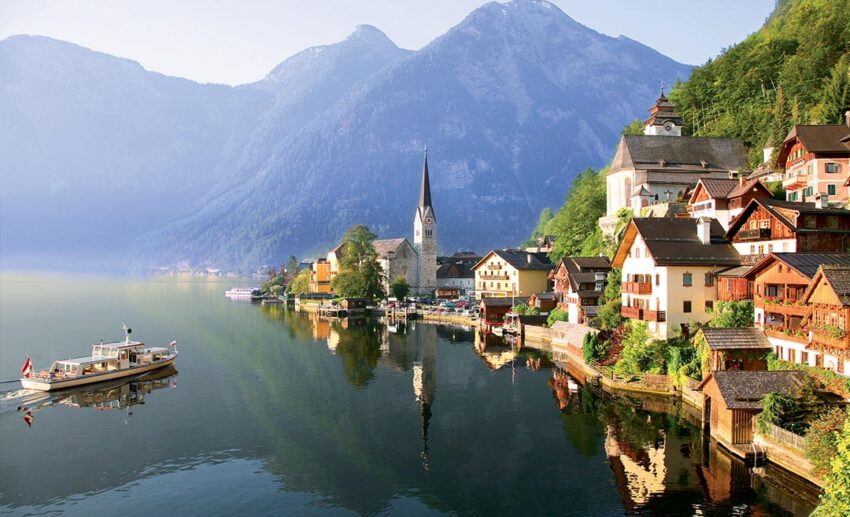
Salzkammergut is well known for its many lakes, with Traunsee being one of my favourites for a lake cruise that departs from Traunkirchen and enjoying lunch afterwards at the Hotel Post (Post am See Traunkirchen).
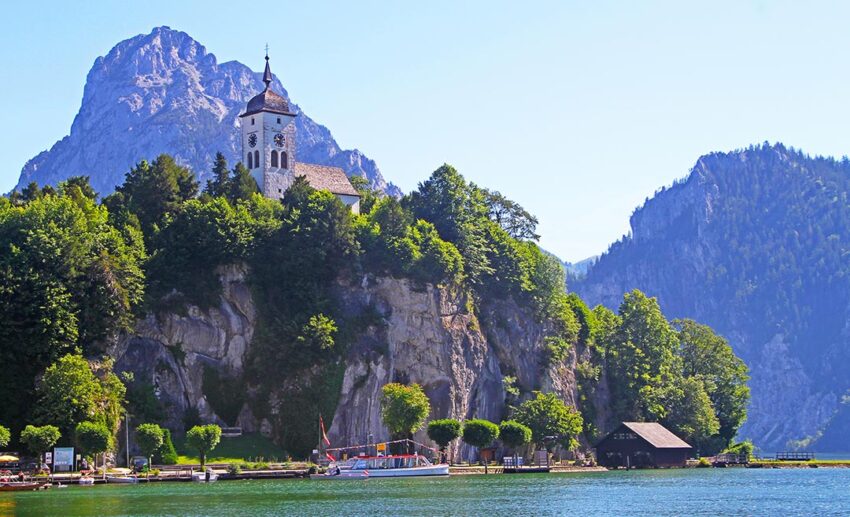
Travel file
Getting there from Kuala Lumpur: There are no non-stop flights between Kuala Lumpur and Vienna, with at least one transit required, mostly in the Middle East. Flights on Austrian Airlines depart from Bangkok with connecting flights to Kuala Lumpur on a partner airline. Trains on ÖBB (Austrian Railways) depart directly from Vienna Airport to Bad Ischl with a change of train at Attnang-Puchheim. Onboard facilities are excellent, and the journey takes about 3.5 hours.
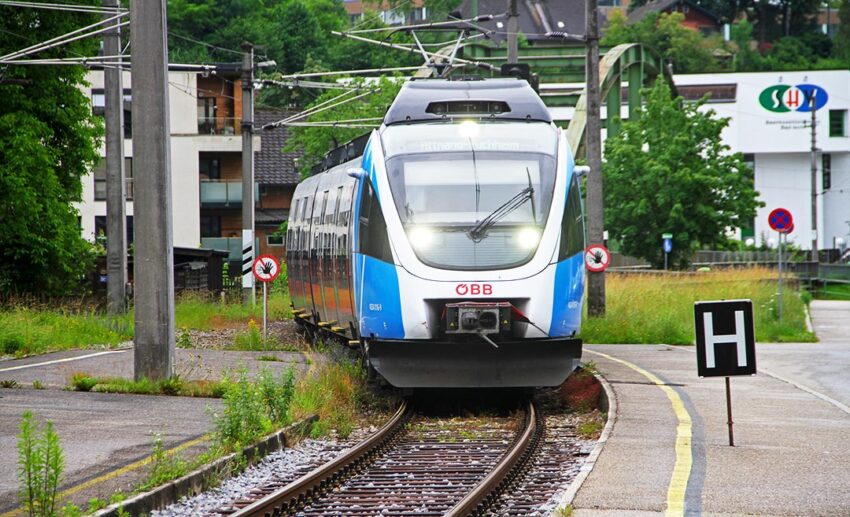
Where to stay: Villa Seilern Vital Resort, Bad Ischl, is a charming hotel with deluxe rooms, excellent restaurants where a substantive buffet breakfast is served, and a soothing spa with extensive facilities. It’s just a ten-minute walk from the railway station.
Useful websites: Austrian National Tourist Office, Salzkammergut Tourism, and Upper Austria Tourism.
All images are by David Bowden unless specified otherwise.

